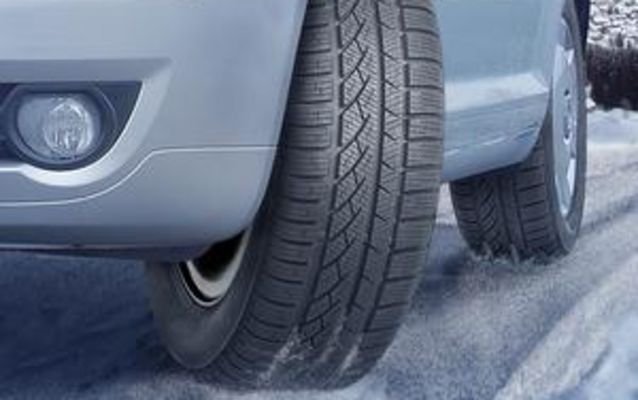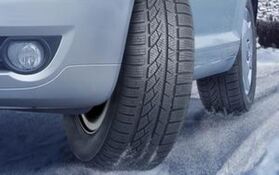Tire pressure monitoring systems to become mandatory
•European Commission campaigns for vehicle safety and protection of the environment
•Tire pressure monitoring systems are to be standard in all 2012 model vehicles
•Continental advocates systems that give the driver a reliable 10 percent underinflation alert for each individual tire
•Continental warns against systems with insufficient accuracy of measurement
•Running costs for European cars could be reduced by 3.4 billion euros a year by introducing precise detection of tire underinflation conditions
According to the wishes of the European Commission, tire pressure monitoring systems are to be a mandatory fitment on all new vehicle models as of 2012. With this ruling, the Commission wants not only to promote environmental protection but also to push down the number of accidents due to tire failure. The background: Only the correct inflation pressure will ensure that the tires run with a low rolling resistance and hence deliver maximum fuel efficiency; slow loss of pressure is the main cause of tire failure. The international automotive supplier Continental urgently recommends prescribing systems that measure tire pressure precisely and alert the driver as soon as slight underinflation is detected. Even minor damage to a tire can have grave consequences.
With its proposal, the European Commission is now complying with the demands of automobile clubs and automotive experts. Alexander Lührs, spokesman for Europe’s leading tire maker, Continental, emphasizes the big gains in safety as a result of using such systems: “Tire blowouts pose a serious risk to road users, especially if they happen while travelling at high speed”, he says, explaining the problem. “If a driver loses control of the car, a lot of other people on the road are immediately in great danger as well.” Continental, he stresses, has years of experience in tire pressure monitoring systems. “About 90 percent of all tire defects are attributable to a slow leak in tire pressure”, he explains. This may be due to a small puncture caused by a screw, a nail, or a faulty valve. If the car driver receives early warning from a precise measurement system, he or she can either restore the proper tire pressure or, if necessary, have a new tire fitted. One in three cars on Germany’s roads has underinflated tires, reports Lührs.
If all cars had their tires correctly inflated, car running costs in Europe alone could be reduced by 3.4 billion euros a year. Incorrect tire pressure causes a big increase in rolling resistance, which in turn leads to an unnecessary gain in fuel consumption and more CO2 than necessary being released into the atmosphere. Braking distance is also longer.
Chassis and tire engineering experts urge that the warning threshold for underinflation conditions be kept low in order to increase vehicle safety and minimize the number of tire failures. Continental is pressing for a compulsory tire pressure monitoring system that alerts the driver as soon as the pressure in at least one of the tires shows a 10 percent deviation from the recommended inflation pressure. At the same time, the experts at Continental warn against being too lax when formulating the technical standards: It is important to recognize that if legislation was to provide for a low pressure warning threshold of as much as 25 percent, more and more car drivers would drive around on underinflated tires simply because manual tire checks would be regarded as being inconvenient. This would then severely affect the running costs, fuel efficiency and vehicle safety.









